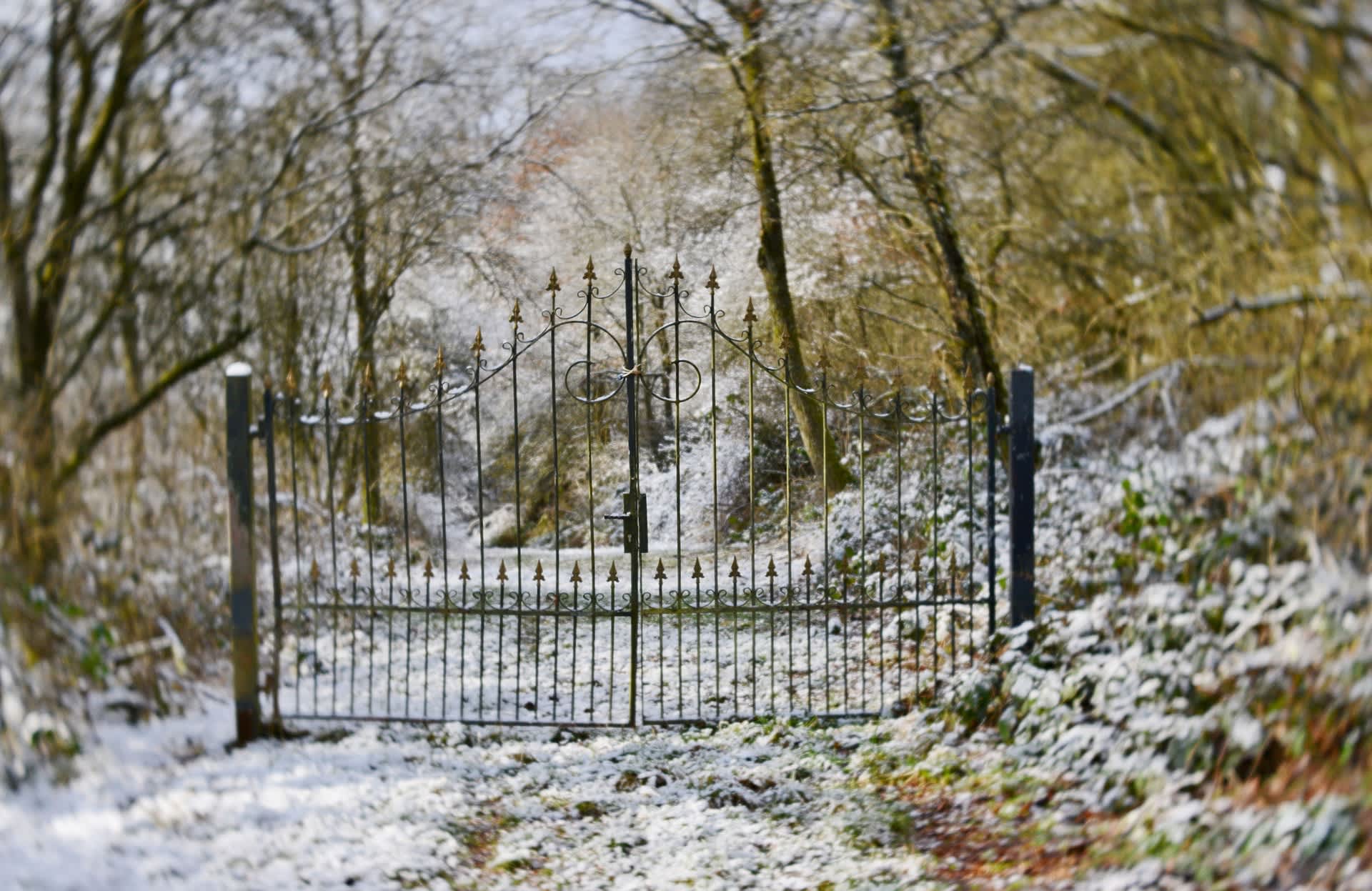Zeeland farmers had fenced their yards with cast-iron fencing. This was how they kept their cattle, which often roamed loose in the yard, near the house. The entrance gate was often a large wide gate with a small walking gate next to it. Farm fences were probably mainly made of wood at first, but later switched to (wrought) iron. You can still come across these authentic iron gates in the landscape of Schouwen.
You can also see these kinds of historical fences at castles, estates, country houses and old cemeteries. They are often elaborately decorated. That wasn't for nothing; the colour and symbols all had a meaning. Moreover, it exuded a certain status: the more lavish the decoration, the higher the status of the residents. It even went so far that certain regions had their own type of fences.
For farms, it was often the case that they incorporated the name of the farm into the fence. Some symbols that were incorporated into fences include:
- Rooster: said to ward off thunderstorms and chase away evil spirits
- Horse: often depicted in white, descended from the Germanic supreme god Wodan and warded off thunderstorms
- Sun in the corner: represents happiness
- Lily: represents purity
- Iris flower: represents light
- Pine cone: represents fertility
Besides symbolism in fences, you can also see certain shapes on the ridges of roofs, on shutters, fascias or in masonry. In this way, the yard's inhabitants could gracefully convey a personal message.
Fences from Zeeland
Jan Delstlaan 2
4326 AH
Noordwelle
Contact details
| Opening hours | |
|---|---|
| Open 24 hours | |








